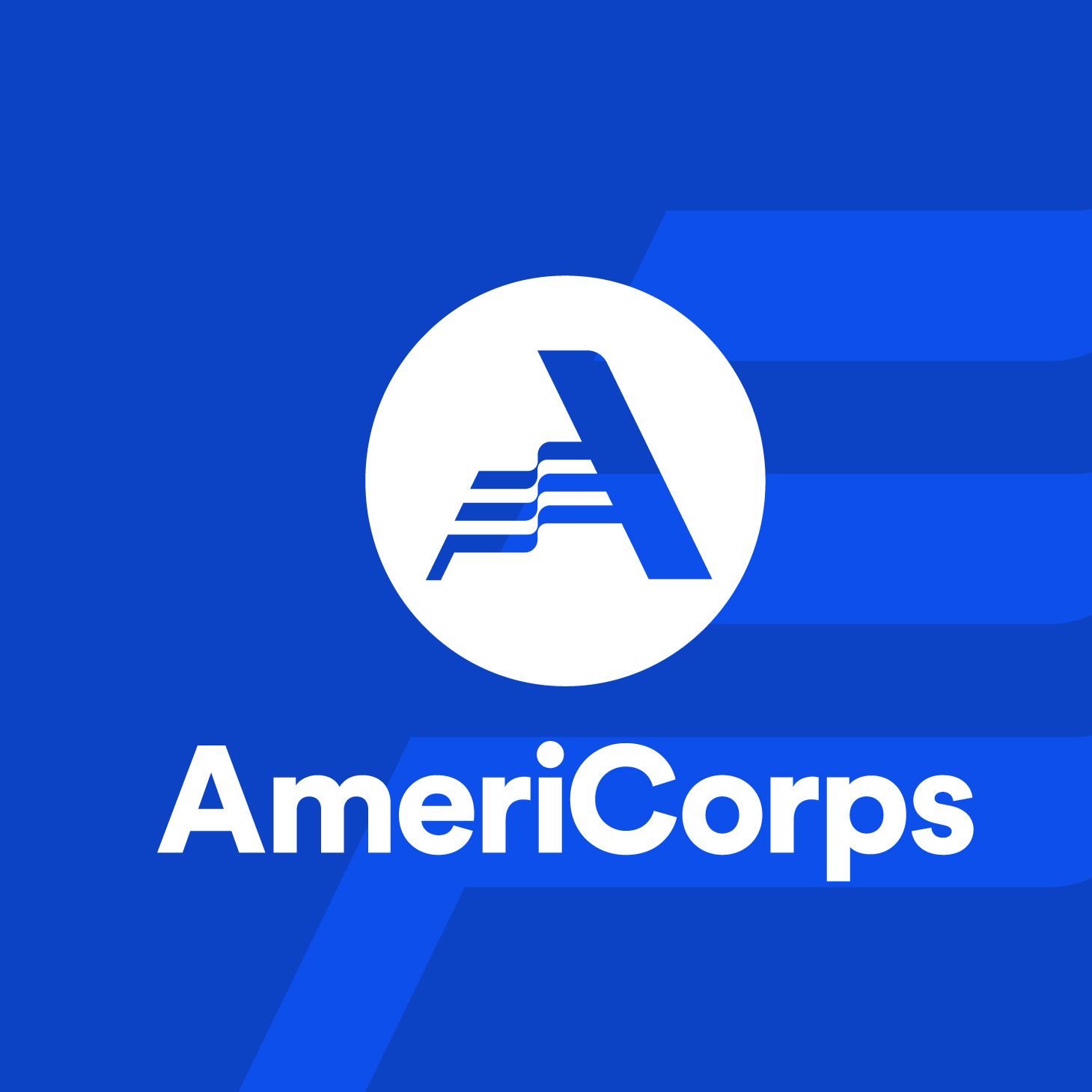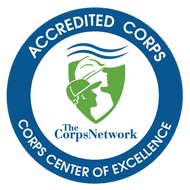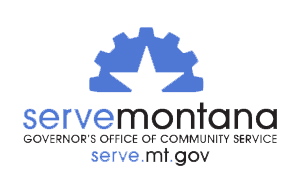Full GEAR LIST
Don’t feel like you need to come with everything on this list, and do not think you need to have all of the fanciest gear!
We highly recommend checking out our local second-hand gear shops, or check out the local ones where you live now. Keep in mind that corps life is ROUGH on your gear, so often times thrift store/second hand finds will work in terms of layers (things that can be a thrift store find are noted below with an asterisk*).
When it comes to quality keep it in mind for BOOTS & SLEEPING BAGS.
Keep in mind that all participants will have access to Pro Deals when you start your position, so you may be able to hold off on getting some of this gear until you start your term of service.
If this list seems overwhelming or you are having trouble finding gear, purchasing gear, or deciding what to get, PLEASE give our staff a call and we can help you through the process! We have some gear available to loan out and a lot of good advice to give!
Finally, not all crews need all types of gear! If you are unsure of what you need after reading through this list contact your Regional Office.
- Specifically, Wildland Restoration Team Members (Mesic/Stream Restoration) based in Helena do not have to hike into projects, therefore, lightweight gear is not essential. Heavier packs, sleeping bags, sleeping pads, and tents will suffice. Just make sure it's sturdy and can hold up against strong winds! A large Duffel Bag can be substituted for backpacking packs for these crews.
1. Work Pants: You’re expected to purchase brown work pants (see acceptable colors below; professional fit and cut) prior to your arrival. The pants must be work style pants that are a durable material (cargo pockets/double knee okay) Spandex, Quick Dry Materials, Ty Die, Pajama Pants, Yoga Pants, Blue Jean Color, bibs, lightweight hiking pants are NOT acceptable Common brands are Carhartt, Dickies, Red Ants Pants, Wrangler, Arborwear, and many more
2. Work Boots/Hiking boots: Your feet are one of the most important tools out there. Take the time to find boots that fit well and will continue to protect your feet throughout the season. Look for mostly leather boots that will be comfortable for you to hike in. Get these early and break them in so you do not get blisters during the season! Please note that fuels/chainsaw specific crews will have specific boot requirmenets; please talk to your regional office for additional guidance if this applies to you! There are a lot of good options out there, and if you have questions about what boots to purchase or if your will be acceptable, please call our office!
3. Creek Crossing Shoes*: Creek crossing is a common occurrence in the field. They are required as we do not allow individuals to cross creeks barefoot. A pair of old sneakers, sandals with an ankle strap, or water shoes will suffice. These can be a thrift store find!
4. Rain Jacket and Pants: Rain gear needs to be durable and effective. Always make sure it’s labeled as 100% waterproof, not water resistant. Projects will not stop because of rain.
5. Backpack: On average, an appropriate multiday pack should fall within the range of 55-70 liters. Gear you may need to carry includes: a tent, sleeping bag, group gear, personal gear, and crew food. Make sure your pack is comfortable and of solid construction.
6. Water bottles: Plan on carrying at least four liters of water for a day; more in the heat of the summer. You can carry some of that in a hydration bladder (MSR Dromedary/Camelback/Platypus) but you should bring at least one bottle with you in case the bladder is punctured.
7. Day Pack (Optional): A smaller pack adds a level of convenience that many find advantageous during their term. The pack should be comfortable to hike and wear for long hours and is 25-35 liters. It should hold your lunch, water bottles, rain gear, first aid kit, and extra layers. A lot of people use their larger backpack as a daypack – this option can save money and make you more versatile; if you have to choose, go for the bigger backpack!
8. Sleeping Bag: Getting a good night’s rest is a crucial part of enjoying your time in the woods. The main thing to think about with sleeping bags is warmth and fit. If you tend to sleep warm, a 20 degree bag with the option of a liner should work for you. If you tend to sleep cold, go with a zero degree bag. Make sure you find a bag the fits your height. Too much room at the bottom leaves space for cold air and not enough room leaves you cramped.
10. Sleeping Pad: A pad acts as a mattress for both comfort and warmth (closed cell foam type or backpacking inflatable pads). Inflating sleeping pads are usually heavier and may puncture during the season. Foam sleeping pads are light and very durable and are far more cost effective!
11. Tent: A one person tent is adequate, but a small two person provides a little more room to spread out. Three season tents work well. Make sure it’s adequate to keep you out of the rain, snow, or winds. Make sure it has a full rain fly. For our Field Crews, being able to carry your tent on a backpack could be necessary.
12. Base Layers*: This layer pulls moisture away from the skin. Light base layers can be used in summer or winter. You should have a couple of pairs, ideally of varying weights. The most important factor is that they should NOT BE COTTON! Cotton holds moisture against your skin, which pulls heat away from your body. These can be a thrift store find!
13. Mid/Heavy-Layers*: The mid and heavy base layers are good to have in spring, fall, and winter. These provide you with some insulation. Fleece, wool, and synthetics are materials that will continue to provide warmth even when they are wet. You can have a couple of items for this layer—something fairly light for minimal insulation and something thicker/ warmer for maximum insulation. All layers should fit under your rain gear. These can be a thrift store find!
14. Warm hat and gloves*: It gets cold in the mornings even in summer! Bring a pair other than your work gloves. These can be a thrift store find!
15. Plenty of warm socks: Your feet are one of your greatest tools, take care of them! Look for synthetic or wool socks. NO COTTON! Cotton holds moisture against your skin and can be the cause of blisters and rubs on your feet. In cold weather cotton will not keep your feet warm once they are damp.
16. Tupperware/eating utensils*: Tupperware simplifies eating breakfast/dinner and makes packing lunches easy. It can also prevent your lunch from getting squished. Look for something you can fit more than just a sandwich into. Sealed, leak proof containers are really great for storing leftovers. Bring a spoon/fork too. These can be a thrift store find!
17. Headlamp/Flashlight: Finding the latrine in the middle of the night can be difficult without the use of a light. Search the stores for one you like, they start as low as $10. Flashlights also work.

![[Image description: Two MCC members are walking away from the photographer, leading into a trail along a river, cut with large towering rock features.]](https://cdn.firespring.com/images/5739a583-e7e3-4692-87ef-872727e59844.jpg)




